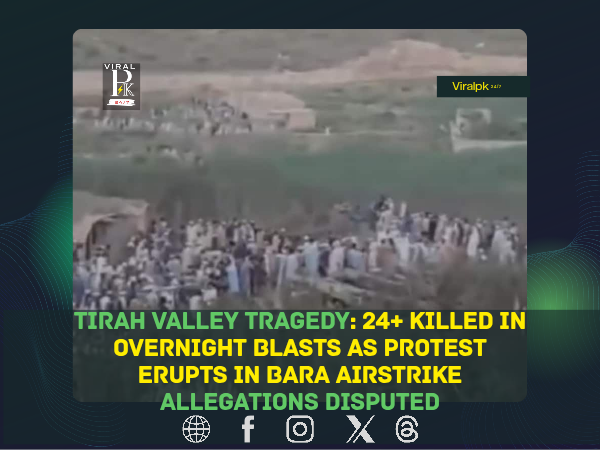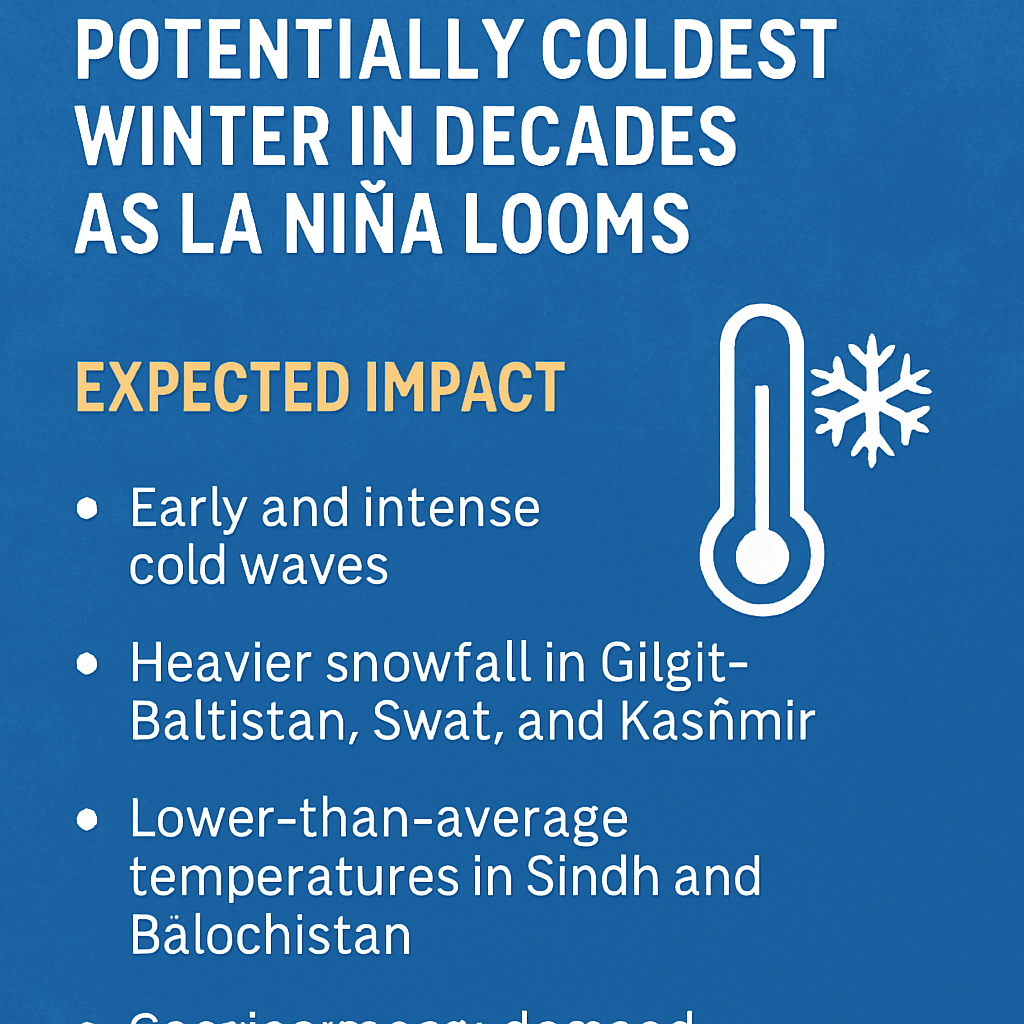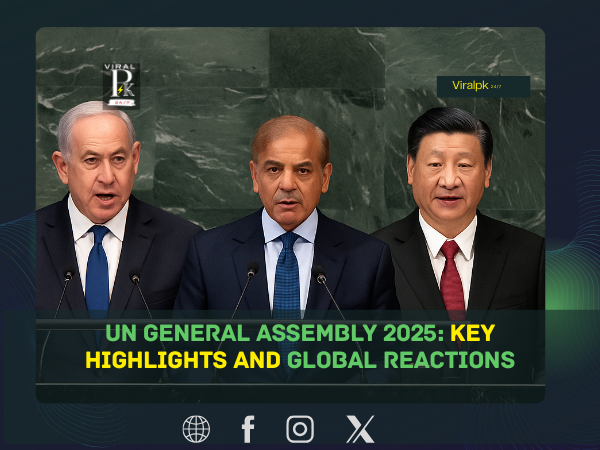Khyber District (Tirah Valley), Khyber Pakhtunkhwa
At least two dozen people were killed before dawn on Monday in the remote Shaudala/Matre Dara pocket of the Tirah Valley, triggering a day-long outcry, a highway blockade at Khyber Chowk (Bara), and a heated dispute over what caused the devastation. Local residents and several opposition politicians allege airstrikes by jet aircraft destroyed multiple homes and killed civilians, including children. Security officials, however, deny any aerial bombardment and insist the deaths resulted from a massive internal blast at a militant bomb-making compound that then engulfed nearby houses.
Conflicting accounts—and the casualty picture
Police and security sources told international media that stored explosives at a Pakistani Taliban (TTP) facility detonated, killing at least 24 people—among them 12–14 militants and 8–10 civilians—and flattening adjacent homes. They stressed there were no air operations in the area.
Opposition voices and community leaders disputed that version, saying fighter jets struck residential structures around 2 a.m., with a death toll they claim is higher and largely civilian. The dispute has sharpened calls for an independent investigation to establish the facts.
What happened, where, and when
The incident occurred overnight into September 22 in Tirah Valley near the Afghan border—an area with a history of militancy and counterterrorism operations. Initial reports spoke of multiple destroyed houses; by morning, residents were pulling bodies from rubble as news of a mounting death toll spread across Khyber district and beyond.
Protest at Khyber Chowk (Bara)
Anger spilled into the streets as residents gathered at Khyber Chowk in Bara, blocking traffic and demanding accountability. Local political figures attended, and community groups pressed for a transparent probe into whether air assets were used and why civilians were killed. Independent Pakistani outlet Voicepk documented the protest scene and echoed residents’ claims of an aerial strike in Shaudala.
Security sources’ version: “an IED factory in a residential area”
Three security officials, speaking off the record, told reporters that militants had established an IED factory within a residential neighborhood, and that the internal detonation cascaded through stored munitions. They said no jets were deployed and characterized airstrike allegations as misinformation. International wires carried that account, with details that the initial blast at the compound spread to nearby homes.
Civil society & rights groups: calls for an impartial inquiry
The Human Rights Commission of Pakistan (HRCP) and other groups condemned the loss of civilian life and urged a credible, independent investigation. They argued that only a fact-finding body with access to forensic evidence, munition fragments, radar/flight data, and satellite imagery can conclusively settle whether an external strike or an internal detonation occurred.
Government response & compensation
As grief turned to fury, authorities moved to calm tensions. Provincial leaders described the deaths as “tragic” and announced compensation for civilian victims. Reportage referenced offers of financial support (ex-gratia payments) for families pending verification of identities and circumstances.
Why Tirah—and why now?
The Tirah Valley has long been a crucible of Pakistan’s insurgency challenge. Over the past year, the TTP’s presence and cross-border dynamics with Afghanistan have drawn renewed focus. Police and security sources tied Monday’s blast to TTP activity, while residents pointed to a resumed tempo of kinetic operations and warned that families were being caught in the middle. The competing narratives reflect a broader trust deficit between state institutions and border communities.
What to watch next (verification steps that can settle the dispute)
- Forensic analysis of blast residues and shrapnel to determine whether the site shows signatures of air-dropped munitions (e.g., specific casing fragments, fragmentation patterns) or stored IED precursors.
- Air-tasking and radar logs from the time window (around 2 a.m.) to confirm or rule out fixed-wing activity over Tirah.
- High-resolution satellite imagery from the hours before and after the incident to examine impact craters (top-down geometry often differs between external strikes and internal blasts).
- Witness mapping: triangulating survivor testimonies from different vantage points (sound direction, jet noise, illumination, sequence of blasts).
- Independent commission with participation from forensic experts, rights bodies, and local representatives to preserve evidence and produce a public report.
The bigger picture: civilians at the center of a familiar tragedy
Whether caused by a catastrophic internal detonation or an external strike, the outcome is the same: families have lost loved ones, homes have been destroyed, and a restive border district is again in mourning. For Tirah’s residents, accountability isn’t an abstraction—it’s about protecting civilians, preventing recurrence, and rebuilding trust. For Islamabad and Peshawar, the incident underscores the urgency of clear rules of engagement, transparent public communication, and community liaison in contested spaces.
📌 Disclaimer: Details are evolving; figures and attributions may change as official investigations proceed. This report draws on multiple reputable outlets that present divergent accounts of the same event. Follow Viral PK 24/7 for verified updates.
Key Sources: Reuters; Associated Press; ABC/AP wire; Al Jazeera; Voicepk.
SEO Keywords: Tirah Valley blast, Shaudala Matre Dara Khyber, Bara Khyber protest, Pakistan airstrike allegations, IED factory explosion TTP, civilian casualties Khyber Pakhtunkhwa, HRCP investigation calls











